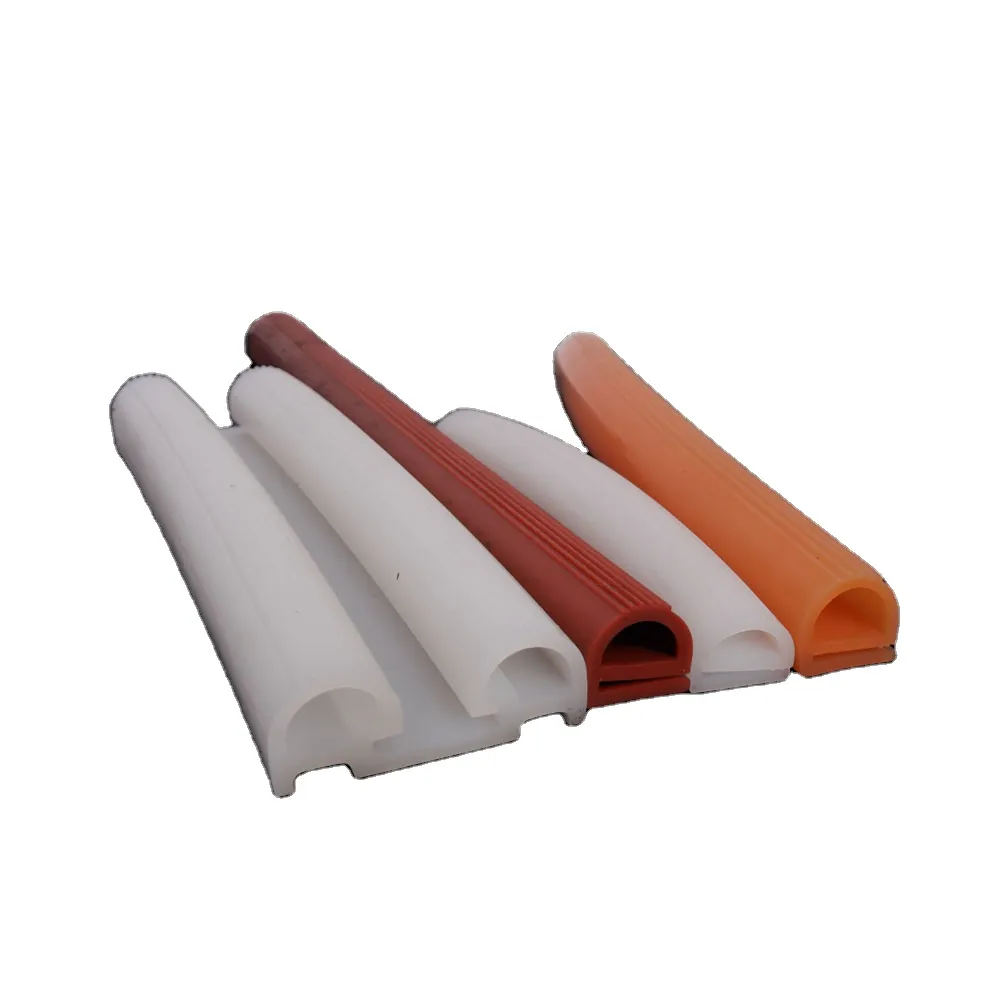rainscreen drainage mat
Understanding Rainscreen Drainage Mats Essential Components of Building Envelope Design
In modern architectural design, a well-constructed building envelope is critical for ensuring the longevity and efficiency of structures. One of the essential elements in this design is the rainscreen drainage mat. This advanced material plays a pivotal role in a rainscreen wall system, which is designed to protect buildings from moisture penetration while allowing for the free circulation of air.
What is a Rainscreen?
Before diving into the specifics of drainage mats, it’s important to understand what a rainscreen is. A rainscreen is an exterior wall assembly that features an outer cladding layer, separated from the inner wall by a small cavity. This design allows any rainwater that penetrates the outer layer to drain away, preventing moisture build-up in the structure.
The space between the rainscreen and the substrate (the part of the wall that provides support and insulation) allows for airflow, which promotes drying and minimizes the risk of mold growth and structural damage. However, for a rainscreen system to function effectively, it must incorporate several key components, one of which is the drainage mat.
What is a Rainscreen Drainage Mat?
A rainscreen drainage mat is a specialized drainage layer that is strategically placed between the outer cladding and the substrate. Made from advanced materials, such as polypropylene, these mats facilitate the effective management of water drainage and moisture control. Their design typically includes a series of channels or grooves that direct water away from the building's structure and towards the weep holes or drainage planes designed to expel excess moisture.
Functionality and Benefits
1. Moisture Management The primary function of a drainage mat is to manage moisture by allowing any water that seeps behind the cladding to flow downwards and exit the wall assembly. This prevents water from getting trapped against the wall, which could lead to deterioration, mold growth, and rot.
rainscreen drainage mat

2. Airflow Promotion By creating an air gap, drainage mats enhance airflow behind the cladding. The movement of air helps in drying out any moisture that may have penetrated, further reducing the risk of moisture-related damage.
3. Structural Integrity Protecting the underlying structural elements from moisture incurs the potential for significant savings on repairs and maintenance. A drainage mat contributes to a longer lifespan for the building materials and overall structural integrity.
4. Energy Efficiency By mitigating moisture-related issues, drainage mats can enhance the energy efficiency of a building. Proper moisture management ensures that insulation remains effective, thereby reducing energy costs associated with heating or cooling.
5. Ease of Installation Many drainage mats are designed to be lightweight and easy to handle, making them straightforward to install. This simplifies the construction process, saving time and labor costs.
6. Compatibility with Various Cladding Systems Rainscreen drainage mats can be used with a variety of exterior cladding materials, including wood, metal, and stucco. This versatility makes it a favored solution among architects and builders.
Conclusion
As more focus is placed on sustainable building practices and efficient design, the importance of using a rainscreen drainage mat cannot be overstated. These mats ensure that moisture control is effectively managed within wall assemblies, enhancing both structural integrity and energy efficiency.
Incorporating rainscreen systems with drainage mats into a building’s design not only complies with modern building codes and standards but also demonstrates an understanding of the intricate balance between aesthetics and functionality. As architects and builders embrace these advanced solutions, the construction industry moves towards creating more resilient structures capable of withstanding the test of time. Thus, choosing the right rainscreen drainage mat is not just an option; it is a necessity for a high-performing, durable, and sustainable building envelope.
-
Under Door Draught Stopper: Essential ProtectionNewsJul.31,2025
-
Garage Door Seal and Weatherstrips for ProtectionNewsJul.31,2025
-
Edge Banding Tape for Perfect EdgesNewsJul.31,2025
-
Table Corner Guards and Wall Corner ProtectorsNewsJul.31,2025
-
Stair Nose Edging Trim and Tile Stair SolutionsNewsJul.31,2025
-
Truck Bed Rubber Mats for Pickup BedsNewsJul.31,2025
-
Window Weather Stripping for Noise ReductionNewsJul.29,2025